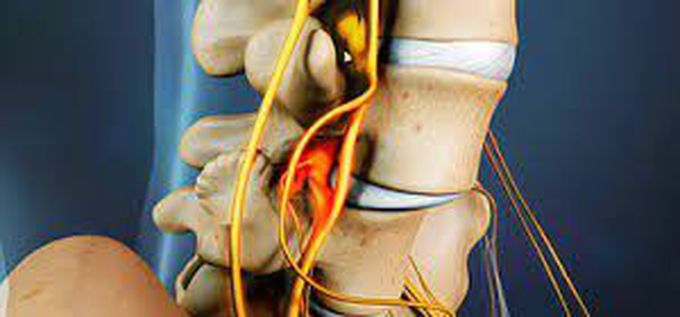


Causes of spondylosis
As a person ages, the discs become drier, thinner, and harder, and they lose some of their cushioning ability. This is why an older person is more likely to have a compression fracture of the vertebra than a younger person. A vertebral compression fracture results from bone collapsing in the spine. It commonly occurs with osteoporosis. The facet joints between the vertebrae also function less well with age because of wear and tear on their cartilage surfaces. As the cartilage erodes, the bones start to rub together, causing friction. This can result in the formation of bony growths, called bone spurs. The loss of rubbery tissues and the development of spurs make the spine stiffer. Back movement also becomes less smooth, and friction increases.

